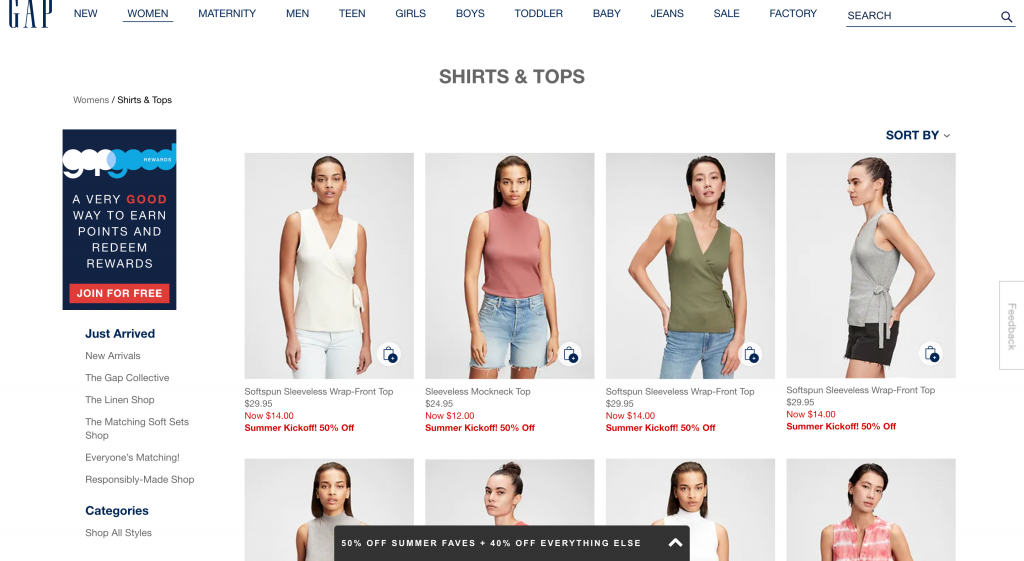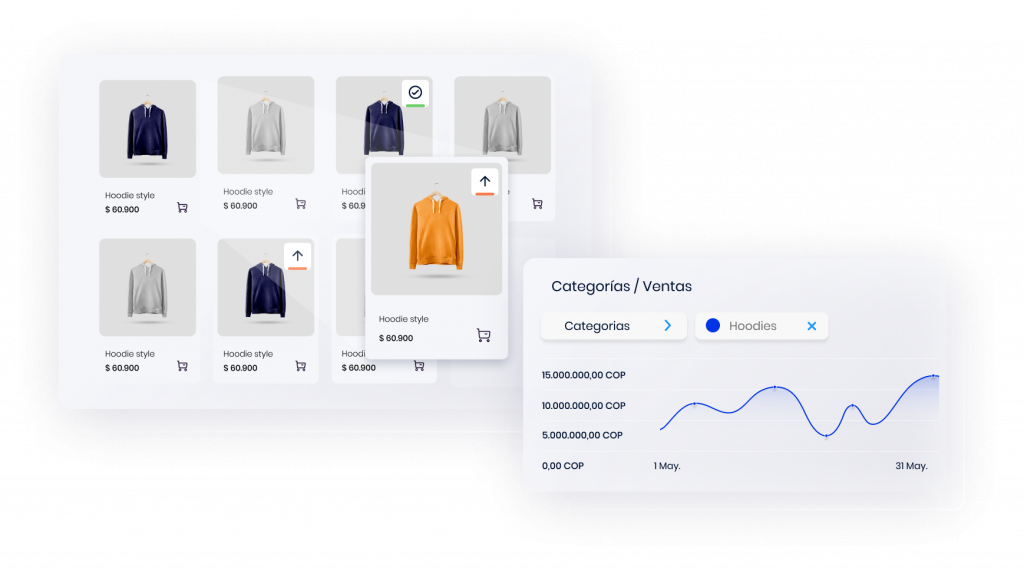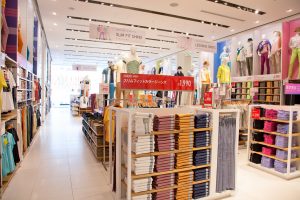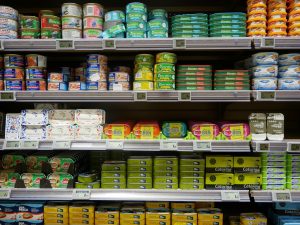Smart Sorting for eCommerce stores

The Buyer
Suppose a shirt shopper enters an online store like GAP (www.gap.com) and upon entering the store you find more than 250 products.
Will he/she browse all the pages of the category until he/she sees all the products? NO.
Will he/she visit every product? NO.
Most users are NOT expert shoppers, in general they will end up absorbed by the images on the Category Page (PLP), and will forget the use of filters and sorting, and even if they do, the filtering and sorting functionalities will quickly disappear.

Some more experienced users will choose size or brand filters to reduce the number of options, but in many cases the number of products will still be very large.
The reality
When reviewing user navigation statistics, several interesting behaviors can be seen:
Navigation is not deep in the PLP.
In general users do not go beyond the first page of the PLP, some will go to the second and third pages, but very few continue to the next pages.
Top Selling Products
The best-selling products almost without exception are those in the first 10 to 12 positions. And this is not surprising, because it is similar to what happens in a physical store, “what is shown is what sells”.
Problems with the basic ordering
Best Sellers
Suppose that the criteria selected for the ordering of the category is the Most Sold, this will begin to generate that the products in the first positions are the most viewed and therefore continue to sell more and that the products that are below or on the following pages have less visibility and for this reason sell less, thus perpetuating the cycle, If on the contrary I would like to order the least sold at the top to help their rotation, the good products that are in the first positions will now move to the bottom and decrease their sales.
What’s New – Newest
If the selected ordering is that of the newest products, in order to promote them and make them sell more, the consequence will be that some of the currently best-selling products that have already been in the market for some time, will be sold at the bottom of the cycle.

Some implications
As a consequence of this we see that the better the products at the top of the PLP, the better the sales of the store and in turn if the products in the top positions are not eye-catching or interesting to the users, they will not go on to explore more products in the category and will probably leave the store.
The ordering of the products determines which products should be placed at the top or the bottom of the PLP.
Hence the importance of using a good product ordering method that is aligned with the store’s business strategy and displays the best products at the top of the PLP, creating a good user experience and maximizing the store’s objectives.
What are the best products?
This is where the ability to quickly and nimbly modify the order of products in order to meet business objectives comes in. This does not mean ordering products by best sellers or most viewed products or recently launched products or products with the best discounts or the best ratings.
As we have already seen, these basic criteria fall short when it comes to providing the best products to the customer and offering ways to align the store’s commercial strategies.
Scenarios and Use Cases
Let’s look at some scenarios and use cases:
– Increased conversion rate
This is one of the most important objectives of eCommerce stores, because after making all the effort to have the products and promote them to attract users, the goal is to finally get them to end up finding something of interest and make a purchase. Performing a category-level sorting that takes into account the sales potential of the product, will greatly help to achieve an increase in the conversion rate.– Increased sales
In this case, the combination of the products with the highest sales potential, the price of the product and the availability of inventory, are a good combination to maximize sales.
– Profitability of the store
The ordering of the products in the category, taking into account the most profitable or higher margin products in the first positions, will end up generating higher sales of these products and therefore a higher profitability of the business.
– Promotions season
By ordering products with a combination of better discounted products, higher inventory and lower prices, results in more effective sales of the promotional products.
– Launch of products or collection
Sorting the product table by date of creation and by model or reference, will make the store display in a better way the launching products and each product line can be seen in an organized way, making the user have a better shopping experience and facilitating the decision making at the time of purchase.
– Brand Sorting
Organize the products by Brand so that the first products of each brand that you want to highlight are seen in the first positions.
– Inventory management or liquidation
Ordenar los productos según sea la necesidad de manejo de inventario. Caso 1, Liquidar los pocos productos de colección vieja pues llega la nueva. Caso 2, Darle movimiento a productos con mucho inventario. Vemos así algunos de los casos de uso con los cuales se puede sacarle mejorar la gestión y los resultados de las tiendas online.How to do it in an efficient way?
Para realizar este tipo de ordenamientos necesitamos de herramientas que nos permitan jugar con los diferentes criterios de forma fácil y rápida, para que se pueda modificar el orden en que se presentan los productos dependiendo del escenario y la dinámica comercial de la tienda.
SmartMan.AI es una de estas alternativas, visita www.smartman.ai para conocer más o regístrate GRATIS para probarlo en tu tienda y empezar a obtener los beneficios.
Results that you can see
Organize the product display according to your preferences.
Do you want a demo or talk to our sales team?
Register now to live the SmartMan experience





